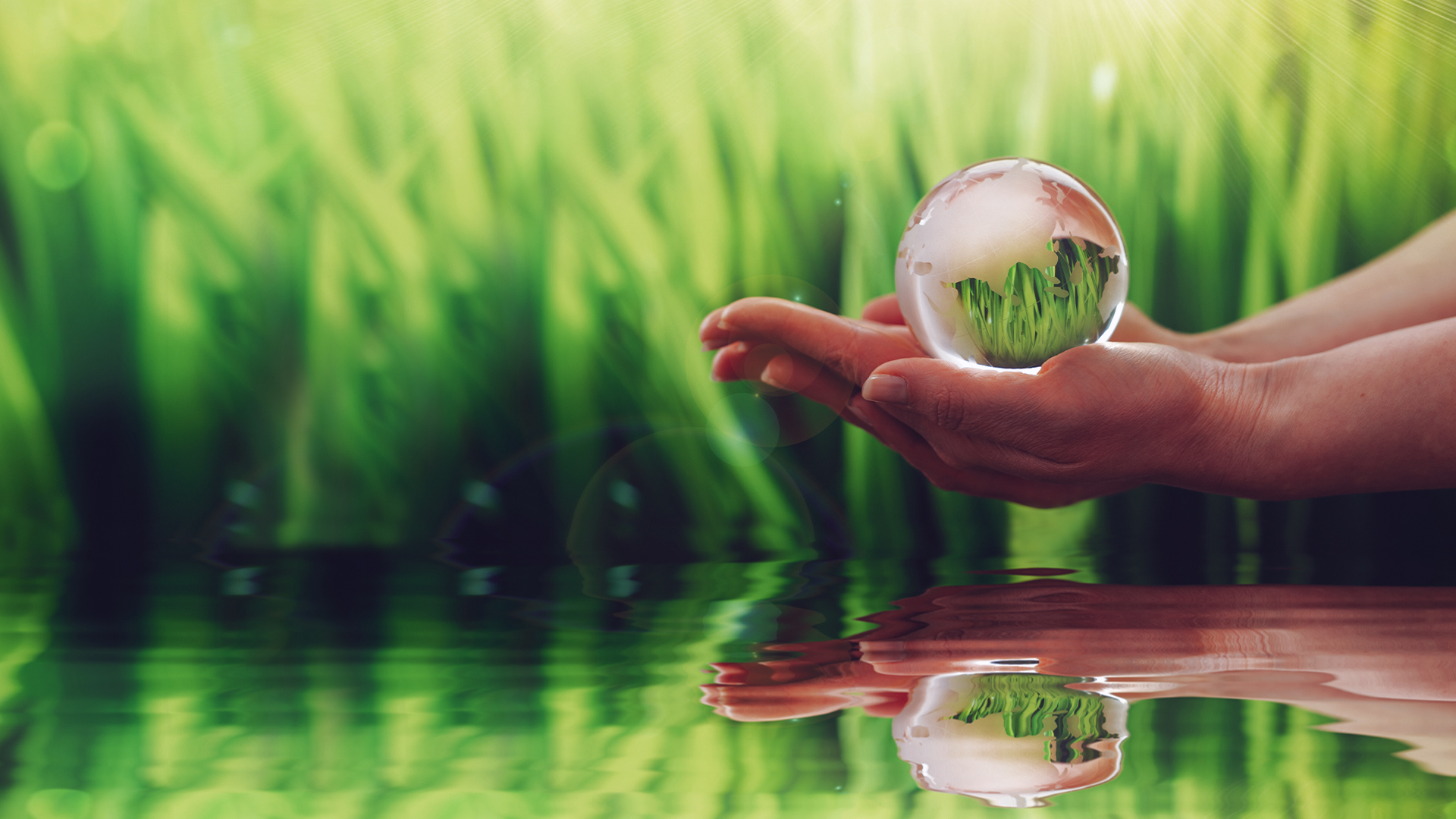Helios, Poseidon, and Aeolus.
The gods of the sun, the sea, and the wind.
It is evident that the ancient Greeks already understood the great power of these natural elements, so much that they worshiped them.
As much as we can appreciate the sea and wind on a sunny day, we should remember that these elements are worth much more than a pleasant day in their presence.
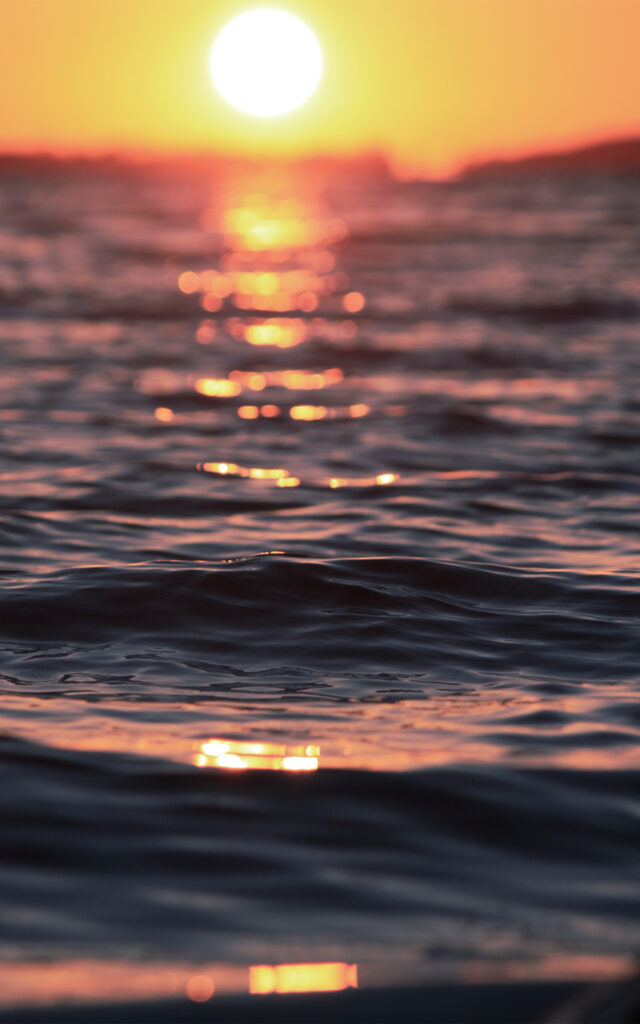
In fact, the power of the sea and water, the energy of the wind and the powerful rays of the sun enable us to create clean energy.
Respecting nature, clean energy is produced through methods that do not release greenhouse gases or other pollutants. Nature becomes a source of clean and renewable energy.
The sun rays
The ancestor of our solar panel was devised around 1700. It was a wooden container with a few layers of glass that had the ability to absorb the sun’s rays. It has been a long road to the ones we use today, but we count today with a winning, state-of-the-art technology.
The ability of these instruments is precisely to produce electricity when they are hit by the sun’s rays. This technology is called photovoltaic solar panels.
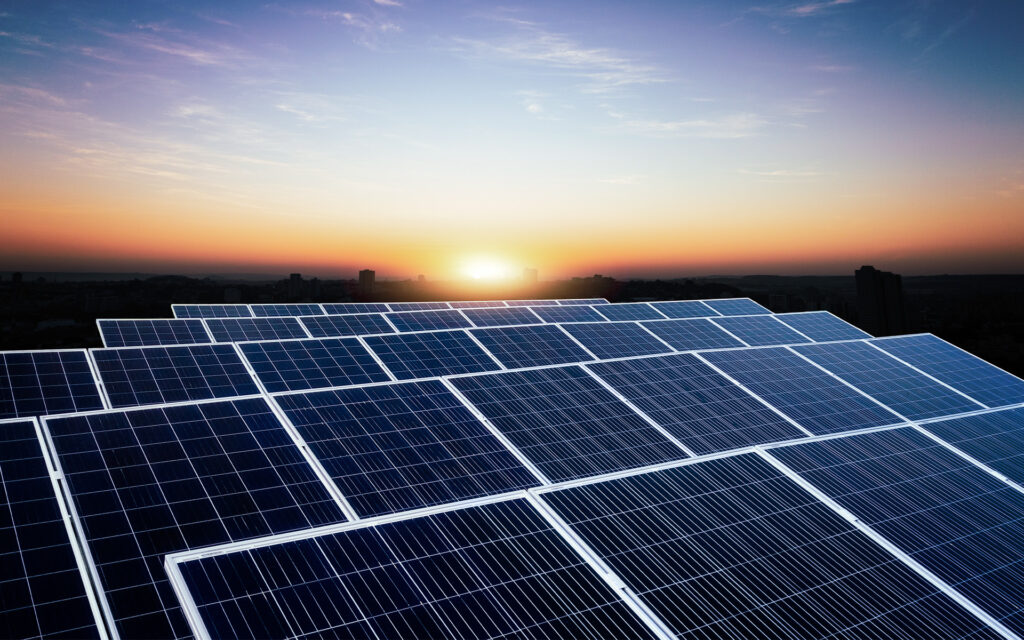
Over the years, several times the idea of creating a photovoltaic field in the Sahara has been put forward. It is thought that to meet the global demand for electricity, it would be enough to place solar panels on just over 1 percent of this immense desert.
Thermodynamic solar technology, on the other hand, uses mirrors. The sun’s rays are “trapped” in one spot, thus generating heat. The resulting steam is converted into electricity.
Water
Another source that allows us to produce unlimited energy is the sea. Marine energy harnesses the movement of water. In fact, waves, tides, and currents produce mechanical energy that is converted into electrical energy. It was in 1799 in France that they first patented this mechanism to draw energy from the movement of waves.
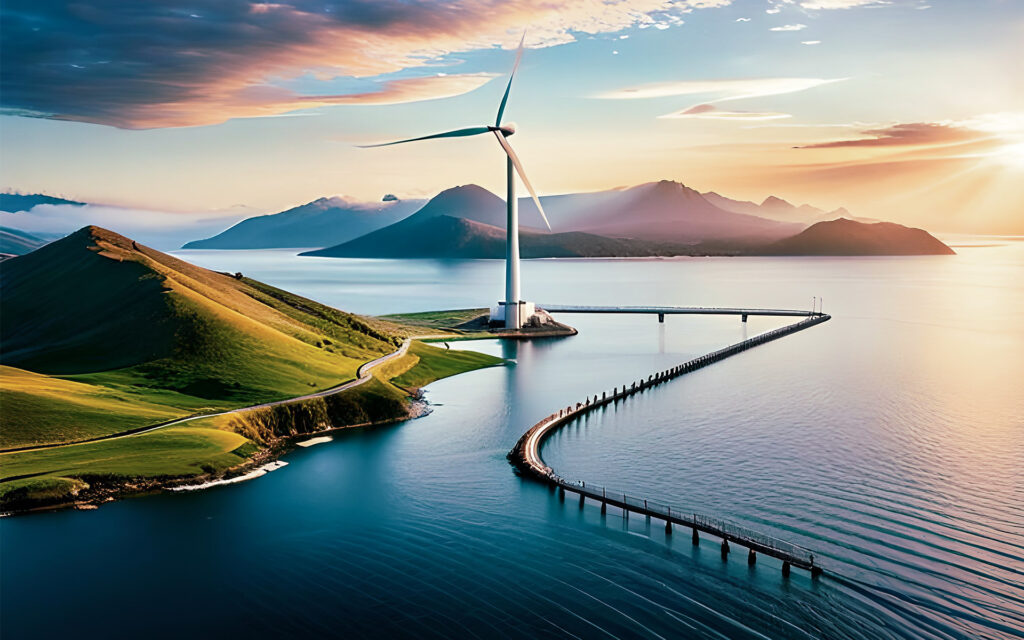
At the same time, it is necessary to mention the energy produced by the movement of water in rivers and streams for hydroelectric power generation.
The kinetic energy produced by rivers or streams is transformed into electricity through plants consisting of turbines and alternators.
The Wind
Have you ever stood under a wind turbine or blade?
The force in air displacement and the size of the device are amazing.
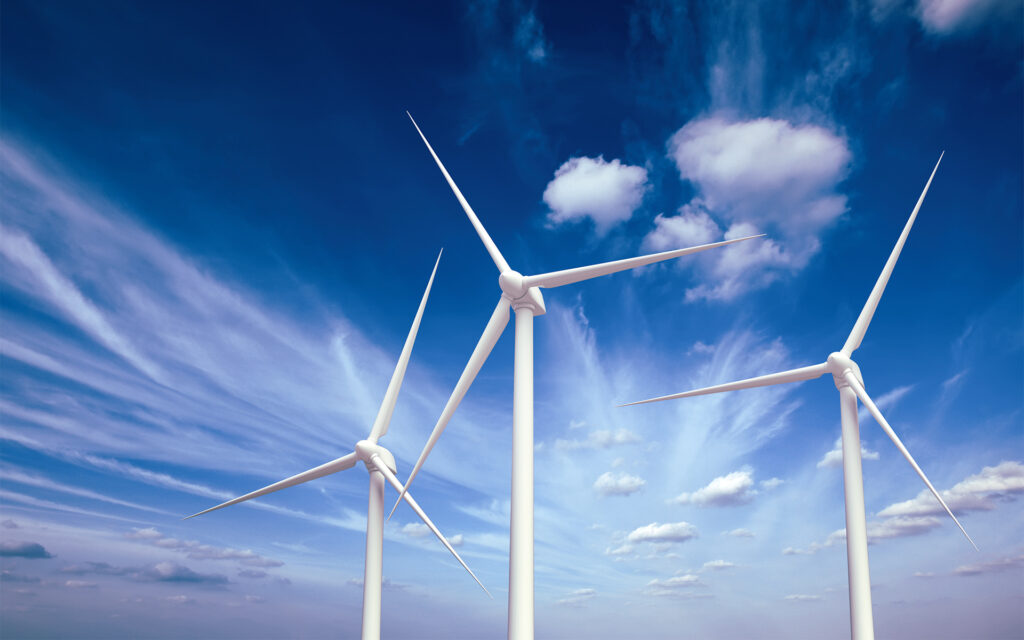
The length of a shovel can range from 10 to 85 meters. The largest one in the world is found in China, with blades 128m long.
Harnessing the mechanical energy produced by rotation is something man has been doing for thousands of years. In fact, it seems that the first windmill was thought of and made in ancient Babylon.
It must be pointed out, however, that a minimum wind speed of between 10 and 15 km/h is required for wind blades to rotate.
Wind, solar, marine, and hydroelectric energies are renewable and alternative sources that are very valid and necessary to cope with the extreme pollution to which we have subjected our planet, but not everything is as it seems.
It’s not what it looks like
The construction and maintenance of the mentioned facilities have a very high cost that should not be underestimated. The acoustic and visual impact of some of these devices can have a high impact and sometimes be a discouraging factor in their construction. Wildlife may be affected by their presence due to the alteration made to their habitat.
Still, the effort so far to find more sustainable and lower-impact alternatives in energy production is commendable. Research and investment will still be needed to further reduce the potential negative effect of today’s existing structures and devices, but we are certainly well on our way to realizing a greener future through the support of nature as a source of clean energy.


